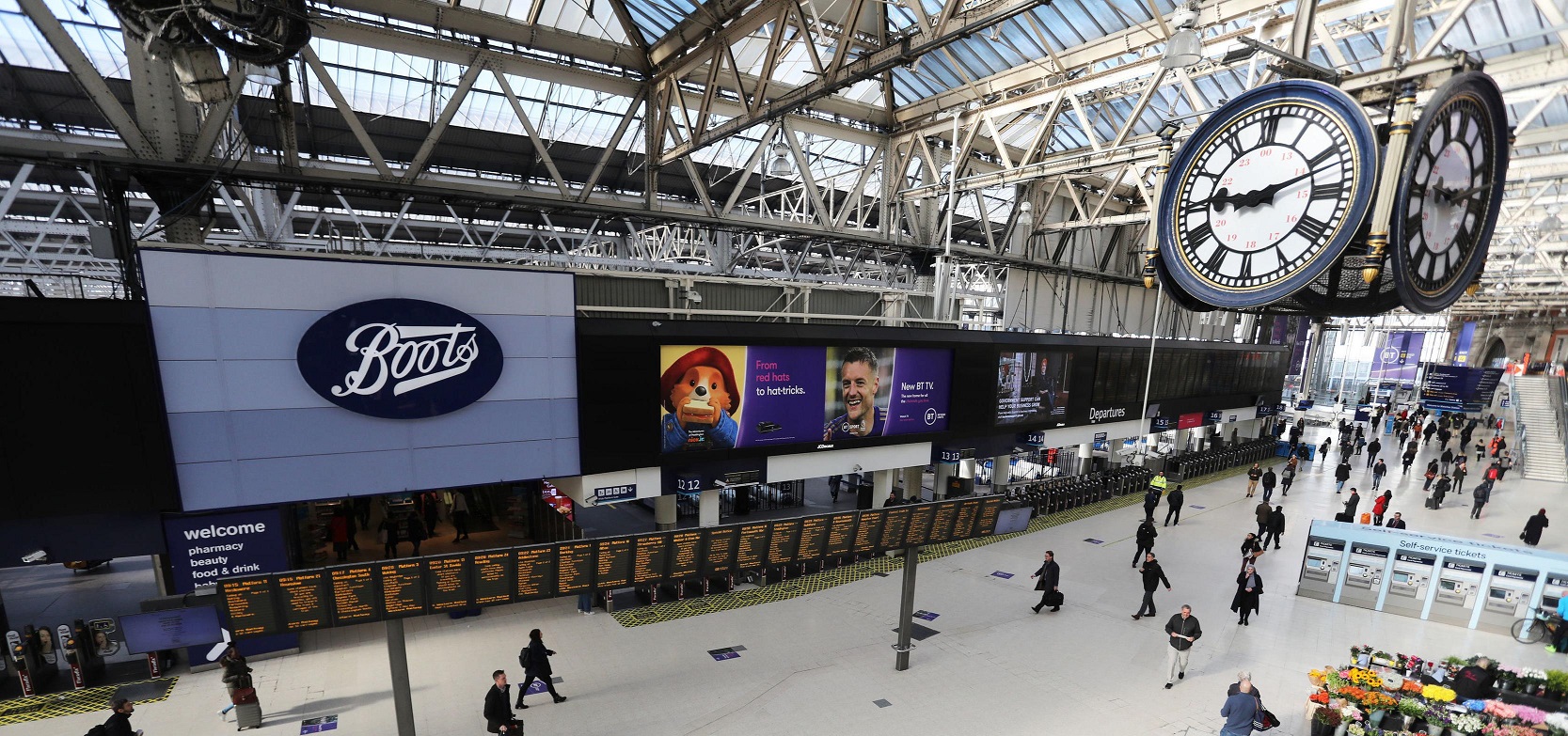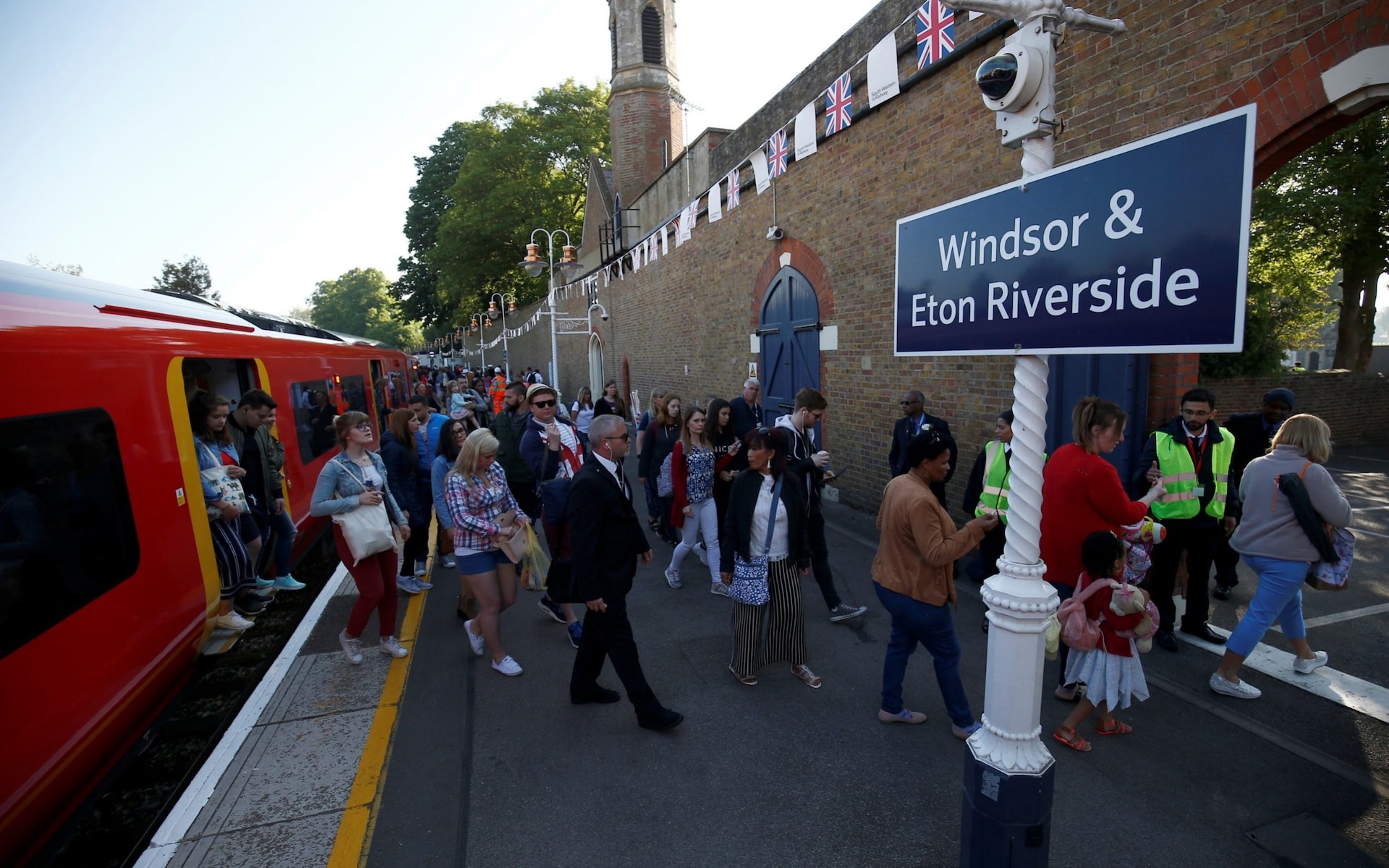Getting the announcement out just before the election period, the government has announced a new policy for connecting Heathrow Airport to the south. The Southern Rail Link to Heathrow (SRLtH) acronym is gone, replaced by a more general Southern Access to Heathrow (SAtH).
The change seems to be that whereas the former presupposed the solution, a single, expensive, heavy rail link from Terminal 5 to the south via Staines, a ‘silver bullet’ in their words, the latter is more open. The government says:
The department wants to consider an approach based on a programme of interventions which could be across different modes. This may be more likely to satisfy the required objectives, than a single ‘silver bullet’ solution. Whilst the department believes that heavy rail would be involved in such a programme of interventions, other modes and new innovative technologies are also being considered. These could include, but are not limited to, light rail, bus rapid transit, guided busways, autonomous vehicles; or a combination of the aforementioned. Interventions need not only constitute heavy civil engineering solutions and new infrastructure, for instance a re-timetabled network to provide a more suitable and convenient service pattern or upgraded signalling control to help increase network capacity are also being considered. SAtH intends to provide opportunities to bring innovative solutions to the public transport network as well as minimising environmental impacts.
The local and UK economy has greatly benefited from the confluence of the of M4, M3 the M25 but these are now reaching the limits of capacity and the area has thus become a key strategic pinch point for the whole country, its connections to the rest of the world, by sea and air. The Windsor Link has long argued for a more holistic approach to this national issue as well as to Heathrow (even without expansion). Locally this helps to make the airport a better neighbour, meaning that the communities close to Heathrow can benefit from it more easily, whilst at the same time solving the severe local transport issues caused by economic growth.
The government has recognised this, setting out its revised strategic objectives, which are far less just about Heathrow and more about Heathrow and the surrounding area.
- Encourage modal shift and reduce road congestion
- Reduce environmental impacts
- Connect communities
- 4 Boost economic growth and encourage regeneration
- Enhance our global competitiveness by making Britain a more attractive place to invest
The government further sets the constraints of minimising the impact on current and future rail services as well as being value for money, these points being somewhat overlooked in previous policy, for example with the old AirTrack scheme.
The government also now recognises that there may be more than one solution or an incremental approach to solving the transport challenges in the area. This fits the Windsor Link perfectly, as – on top of meeting the government objectives above – the Windsor Link provides a temporary southern link to Heathrow if a western rail link were to be built first or, vice-versa, a western link if a southern rail link is built first. The Windsor Link provides flexibility to the rail network, to grow as the airport grows, whilst still improving connection between local communities in their daily work and leisure.
The government is also now keen to encourage more innovation in transport, such as self-driving cars or expanding on the autonomous ‘pods’ that Heathrow already uses. The Windsor Link also provides the prefect test-bed for developing such as multi-modal solution as it is so close to the airport, as well as its plans for large park-n-ride facilities on the M4 between Slough and Windsor.
The Windsor Link welcomes the new policy.





